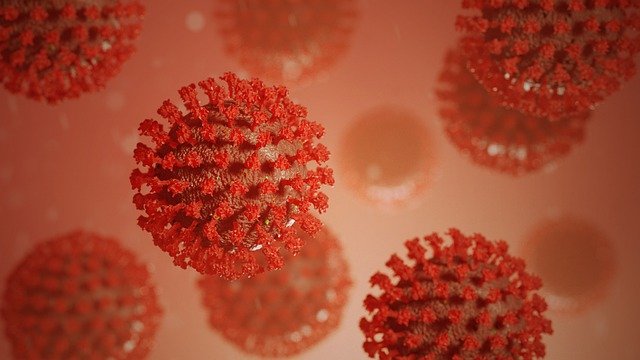Eli Lilly has secured emergency use authorisation (EUA) from the US Food and Drug Administration (FDA) for its investigational neutralizing antibody bamlanivimab (LY-CoV555) to treat recently diagnosed Covid-19 patients.

Eli Lilly has secured FDA EUA status for bamlanivimab to treat Covid-19. (Credit: visuals3Dde from Pixabay)
Subscribe to our email newsletter
The EUA status enables to use bamlanivimab 700 mg to treat mild to moderate Covid-19 in adults and paediatric patients aged 12 years and older with a positive Covi-19 test, who are at high risk for progressing to severe Covid-19 and/or hospitalisation.
The authorisation facilitates the distribution and emergency use of bamlanivimab, which is administered through a single intravenous infusion.
Eli Lilly has secured EUA status based on data from BLAZE-1 randomised, double-blind and placebo-controlled phase 2 study in patients with recently diagnosed mild to moderate Covid-19 in the outpatient setting.
According to the company, patients treated with bamlanivimab demonstrated reduced viral load and rates of symptoms and hospitalisation.
Lilly will immediately start supplying bamlanivimab to AmerisourceBergen, a national distributor, which will ship it as directed by the US government’s allocation programme.
In October this year, Eli Lilly secured a $375m contract from the US government to supply 300,000 doses of its bamlanivimab 700mg investigational neutralising antibody.
Lilly is planning to produce up to one million doses of bamlanivimab 700mg by the end of this year. The company plans to start the supply of its antibody therapy in the first quarter of this year.
Lilly chairman and CEO David Ricks said: “This emergency authorisation allows us to make bamlanivimab available as a COVID-19 treatment for recently diagnosed, high-risk patients – adding a valuable tool for doctors fighting the now-increasing burden of this global pandemic.
“The rapid development and availability of bamlanivimab could not have been achieved without the relentless work of our Lilly team, collaboration across the industry and the urgent work being done by the government to ensure appropriate allocation to patients who need it the most.”
 Advertise With UsAdvertise on our extensive network of industry websites and newsletters.
Advertise With UsAdvertise on our extensive network of industry websites and newsletters.
 Get the PBR newsletterSign up to our free email to get all the latest PBR
news.
Get the PBR newsletterSign up to our free email to get all the latest PBR
news.

